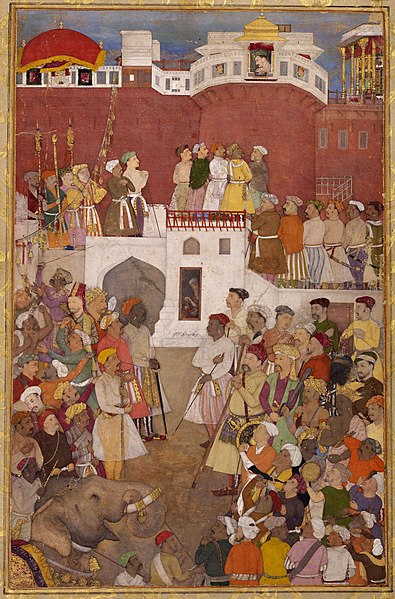Ustad Mansur was a seventeenth-century Indian painter and naturalist who served as a Mughal court artist. During which period he excelled at depicting plants and animals. He was the earliest artist to depict the dodo in colour, apart from being the first to illustrate the Siberian crane. Towards the end of Akbar's reign, he gained the title of ustad (master) and during the reign of Mughal Emperor Jahangir his masterpieces earned him the title of Nãdir-al-’Asr. Although he was largely known for his natural history illustrations, he also portrayed people in various manuscript illustrations.
Tulip from Kashmir (c. 1610) by Mansur Naqqash
A painting depicting the dodo ascribed to Ustad Mansur dated to the period 1628-33. This is one of the few coloured images of the dodo made from a living specimen.
Dipper (c. 1620) from the Metropolitan Museum of Art
Siberian crane (c. 1625)
Mughal painting is a South Asian style of painting on paper confined to miniatures either as book illustrations or as single works to be kept in albums (muraqqa), originating from the territory of the Mughal Empire in the Indian subcontinent. It emerged from Persian miniature painting and developed in the court of the Mughal Empire of the 16th to 18th centuries. Battles, legendary stories, hunting scenes, wildlife, royal life, mythology, as well as other subjects have all been frequently depicted in paintings.
Govardhan, Emperor Jahangir visiting the ascetic Jadrup, c. 1616–1620
The Emperor Shah Jahan standing on a globe, with a halo and European-style putti, c. 1618–19 to 1629
Abu'l Hasan, Emperor Jahangir at the Jharoka window of the Agra Fort, c. 1620, Aga Khan Museum
Nilgai by Ustad Mansur (fl. 1590–1624), who specialized in birds and animal studies for albums








